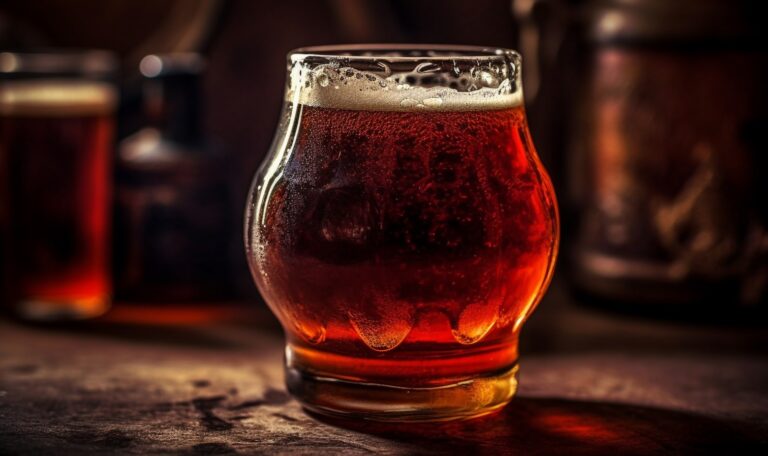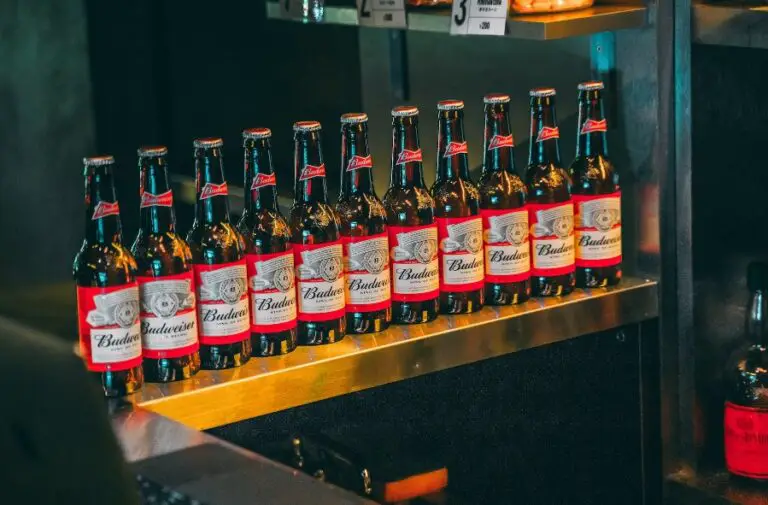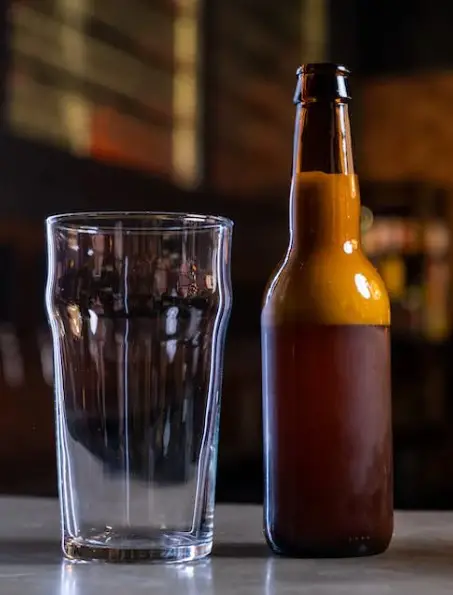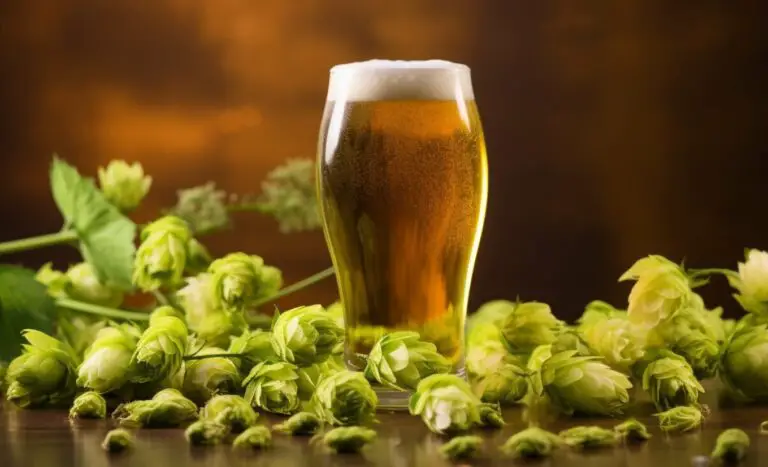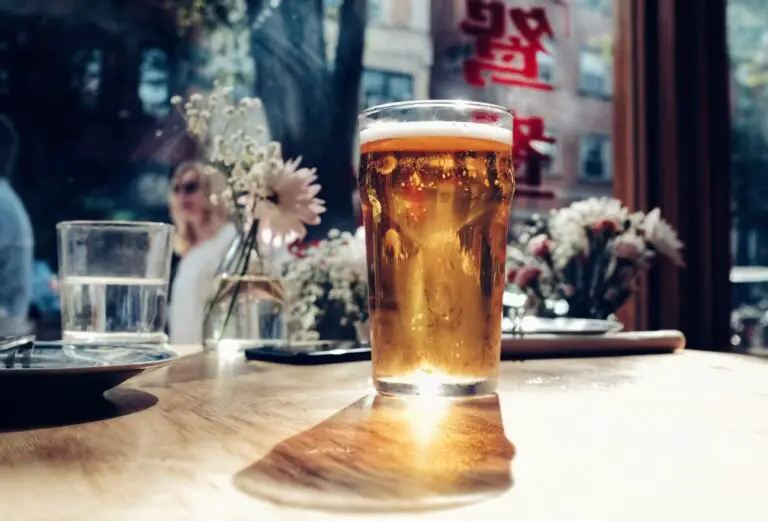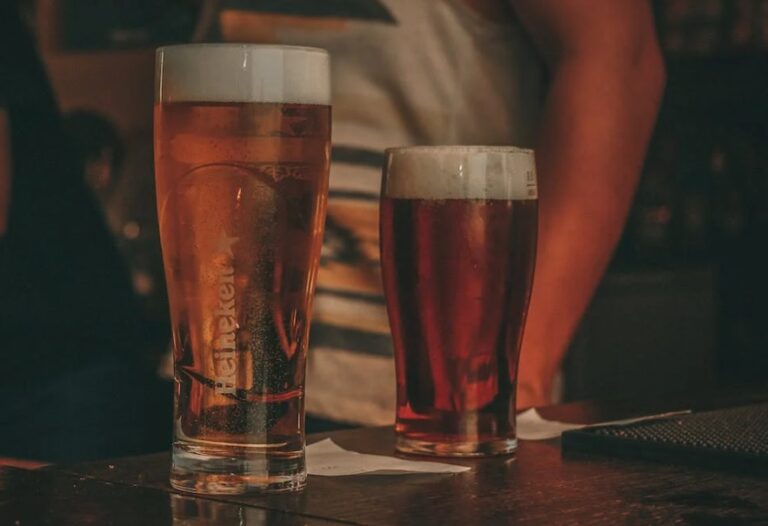Is Beer Carbonated Like Soda?
Pour a can of beer into a glass, and you’ll see it will foam, just like a soda. Sure, the foam, or head, persists more, but you get the picture. Beer also has bubbles, just like soda. But is beer carbonated like soda? Where do those bubbles come from?
Both soda and beer have bubbles and foam (the beer head sticks around for longer), so are they carbonated? We all know soda is carbonated, but beer is carbonated too. But how? Let’s learn more about beer carbonation, how it’s done, and why it’s so important.
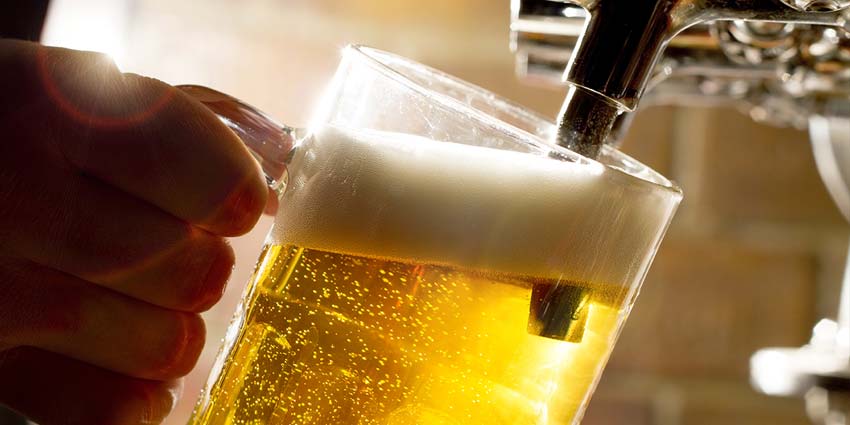
Is Beer Carbonated Like Soda?
The short answer is YES; beer is carbonated. But beer carbonation is very different when compared to soft drinks. Most beers contain carbon dioxide, which is produced naturally during fermentation. The process is called natural carbonation and is present in most beers. However, some brewers (both large commercial brewers and craft brewers) force-carbonate the beers to get that extra bubble power.
Natural Carbonation of Beers
Natural carbonation occurs during the fermentation process. The yeasts convert the carbohydrates in the wort into carbon dioxide (CO2). Carbon dioxide is a gas, and it needs a place to escape during the fermentation process. Because the fermentation vessel is air-tight, it cannot escape, so it goes back into the fermenting beer. During this process, the gas liquefies, turning into carbonic acid.
The entire process is known among brewers as beer’s natural carbonation – simply put, the CO2 is trapped inside the beer naturally. Natural carbonation is an important aspect of brewing, as it gives the beer a better, deeper flavor. And it all happens naturally.
After the pressure of the fermentation vessel is relieved, bubbles form as the liquefied CO2 turns into gas again and tries to escape to the top. Natural carbonation creates finer, smaller bubbles, which makes the foam smooth and gives it a special flavor.
Forced Carbonation Of Beers
Natural carbonation makes beer taste better, but some brewers want more. A surprising number of brewers force-carbonate their beers to make them more palatable and to thicken the foam (head).
While natural carbonation occurs during fermentation, forced carbonation is done after the fermentation process is completed. The fermented beer is forcibly carbonated by adding carbon dioxide directly into the keg. The procedure is only done when the beer is cold because colder liquids can assimilate more carbon dioxide (Henry’s law). Because of this, warm beer cannot be carbonated efficiently.
There are various ways to force-carbonate beer:
- using a carbonation stone – a small ceramic cylinder that injects beer with carbon dioxide via small pores; this creates smaller bubbles, helping absorption; the carbonation stone is very similar to aquarium oxygen pumps
- applying very high pressure “above” the beer – high amounts of carbon dioxide are injected at very high pressure on the top of the beer line in the keg or vessel; the absorption happens via the “top pressure phenomenon”, but it takes days to complete
- industrial carbon dioxide injection – this is done by specialized machinery in large breweries; pressurized carbon dioxide is inserted in beer during the packaging process; the beer enters the machine relatively flat (or with a small amount of natural carbon dioxide), and comes out fully carbonated; unfortunately, the process makes the beer taste too rough, with large bubbles and grumpy foam
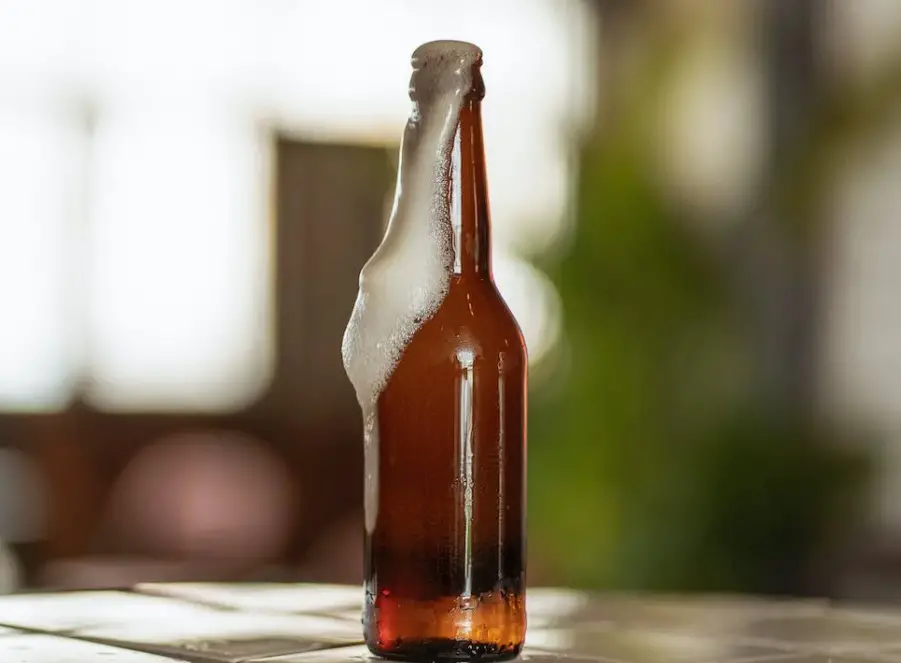
Natural Carbonation After Fermentation
One of the most famous beer consumer organizations, CAMRA (Campaign for Real Ale), is focused on fighting forced carbonation in the brewing sector. They only accept naturally carbonated beer. The group is focused on another type of natural carbonation, done by adding small amounts of sugar in flat (or naturally carbonated) beer.
After adding the sugar to the keg, the beer is left to warm up for several months. During this period, the yeasts in the beer eat up the added sugar, creating more carbon dioxide. Some brewers add fermenting beer in the fermented beer instead of sugar (the addition of new yeasts creates more carbon dioxide while the beer is in the keg). These methods of creating natural carbon dioxide are rarely used. Only small brewing companies and craft brewers use this method.
Another method to boost carbon dioxide naturally is to chill the beer in a process similar to pasteurization (but the yeast is not killed). The yeast is stunned until the beer warms up again, continuing the production of carbon dioxide. The method is quite difficult to implement, as the beer must be bottled or canned while it’s still chilled.
Quick fact: CAMRA (Campaign for Real Ale) is an independent consumer organization based in England, which promotes real cider, ale, and perry. It has more than 150,000 members and is one of the founding members of the European Beer Consumers Union (EBCU). It supports numerous beer festivals around the UK and is organizing the annual Great British Beer Festival, which features almost 1,000 beers from all over the country.
Keeping Beer Carbonated
Opening a new beer bottle and hearing it fizzle is an awesome experience. But how do you keep it carbonated for longer? A good way to do this is to keep it fully sealed with a tight bottle cap. Obviously, you can’t seal an opened can of beer, but you can pour it into a bottle if you really want to keep it for longer. Ideally, you should drink a beer in less than an hour – otherwise, the beer will have an altered flavor and will go flat.
Unopened beers can be stored for 6 to 12 months, but they risk going flat if the bottles are sealed properly (some craft brewers need to seal their beers properly, so pay attention to the production date when buying beer). Beers with higher alcohol content (above 6 percent) can be stored for longer and can even be aged (some stouts are even better if they are aged for a few years). Make sure to store beers in a dark, cool space, in dark bottles or in cans. Beer often goes stale if placed in direct sunlight (that’s why beer bottles are usually brown).
Wrapping It Up
Whether it’s the tingle on the tongue, the bubbles in a pint glass, or the satisfying “pop” of a bottle cap, carbonation adds a dimension to beer that really makes it special.
So, the next time you crack open a cold one or savor a freshly poured beer, take a moment to appreciate the hidden magic of bubbles. Carbon dioxide is the invisible hand that turns a simple beverage into a delicate experience.

I am a young architect with a passion that goes beyond blueprints… it’s beer! undertherosebrewing.com is more than just a blog, it’s a manifestation of my lifelong dream to explore, read, and learn everything about beer. Join the blog on this unfiltered and genuine adventure into the heart of beer culture. Cheers!


